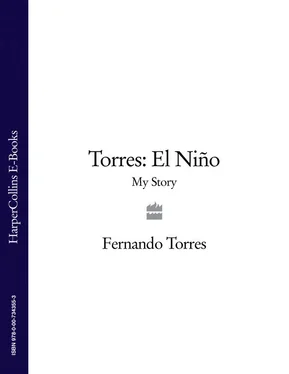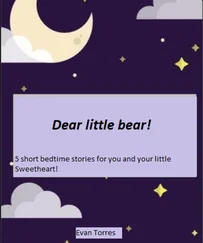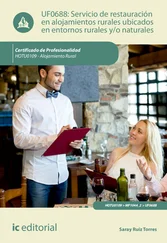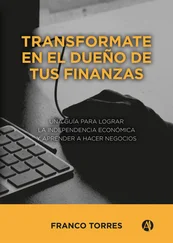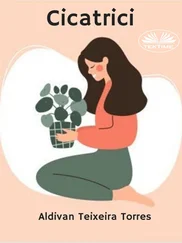It was there, on a pitch very near to where we’d undergone the first trial, that I came across ‘professor’ Briñas for the second time. He would later play a big role in my development. I did well in the second trial too and at the age of eleven I formally signed up for Atlético Madrid’s youth team at what’s known in Spain as the akevín level—Under-12s. My first coach was a man by the name of Manolo Rangel.
In September 1995 I made a huge leap: from playing football in my local neighbourhood of Fuenlabrada for Rayo 13 to travelling to Belgium for an international tournament with Atlético Madrid. I was nervous just going with my mum to buy a wash bag for the trip to Brussels. I was used to leaving the training pitch covered in mud and going home to shower. At Atlético things were much more organised. Everything had changed. Going to that tournament was my first-ever game away from home. I’d never travelled anywhere without my parents before and I’d never been abroad either. Yet here I was catching a plane, taking days off from school and playing football against Anderlecht, Feyenoord and Borussia
Dortmund. When we got back, three weeks’ training awaited us on the pitches at Orcasitas in southern Madrid, in the neighbourhood of Usera, and soon there were matches every Saturday. I was living a dream.
Well before joining Atlético Madrid, even before that cold afternoon at the Calderón, I had already decided that red and white were my colours. When you’re a kid you tend to follow your parents; you go to games with them and have an affinity for their team. Or you get dragged along by the family’s footballing faith. If your parents don’t have a team, choosing can be hard—unless you find an idol to help you make up your mind, a star player to follow. Until I was seven, I wasn’t sure who my team should be. At school, almost everyone was a Real Madrid fan and that was the thing that my grandfather Eulalio most complained about. He explained to me, patiently and simply, what being an Atlético was all about. He told me about the special feeling that surrounds the club. He didn’t tell me about players; what he told me about was what it means to wear the Atlético Madrid badge on your chest, with the bear and the strawberry tree emblem that symbolises the city. He told me about the values the club represents and always had done over 100 years of history: hard-work, humility, sacrifice, and overcoming adversity; about resistance to Real Madrid, the city’s football giants…
Atlético are a big club too—but for different reasons. Atlético Madrid represent a permanent battle against the odds; being an Atlético means never giving in, always fighting to the last. Atlético Madrid are on their own, fighting against the establishment, doing it the hard way. It is the people against the power. That’s why my grandfather will always be an Atlético. That’s why I will be too.
We Atlético fans are aware that there is a huge difference between the two big clubs in Madrid. Real Madrid have been named the twentieth century’s best club and living in the shadow of them is extremely hard. But I am proud of supporting Atlético. It’s hard because you don’t have constant success to cheer but that’s the path I’ve chosen. I have never been struck by doubts. I’ve always been committed. Our successes are ours and ours alone; we have done it all on our own. That makes them more real.
I didn’t care about being surrounded by Real Madrid fans at school. Back then, two of us bucked the trend: it was me and one Espanyolfan up against 28 Madridistas. If we lost, so what? There’d be another game along soon and we’d win that one. It wasn’t only Real Madrid: I also ignored the influence of my father and turned my back on Deportivo de La Coruña. Those were the years of SuperDepor, when Deportivo were the most important team in Galicia and a real sensation in Spain, with Arsenio Iglesias as coach and players like the Brazilians Bebeto and Mauro Silva, plus Liaño, Fran, Manjarín, Aldana, and Djukic. I was given a Deportivo kit when I was nine but I already knew my destiny was red and white, not blue and white.
My first year at the club was wonderful. Not only did the Atlético akevín team that I was playing in enjoy a lot of success, the first team did too. Under Radomir Antik, they achieved an historic double: they won the Copa del Rey, the Spanish equivalent of the FA Cup, by defeating Barcelona and then they won the league after beating Albacete in the Calderón on the final day of the season. All of the club’s youth team players had been given a ticket for the match and sat together in the stadium. My father parked the car about twenty minutes away—as anyone who’s been there knows, getting any closer to the Calderón by car is impossible—and the walk to the ground was emotional. Everyone was so excited. There was such hope in the air as you passed stalls selling scarves and shirts, drinks and nuts, sweets and crisps. You could feel that it was going to be special.
It’s not easy to make the first team. Of those kids who started out with me at Atlético only Manu del Moral, now at Getafe; Molinaro, who plays for Mallorca, and Sporting Gijón’s Raúl Cámara are playing in the first division. As time goes by, you realise how important it is to have a coach who really trusts in the young players coming through and has the nerve to call on them if you are going to have any
chance of making it. It helps to have the media on your side too, ready to support you when you’re first starting out and you don’t immediately get the benefit of the doubt like a big name player would. The pressure that surrounds a club means that it is very hard for youth team players to be given the time to play and settle in. The best thing for clubs to do is sign key players for the first team and use the kids coming through to help make up the squad. The truth is, though, that clubs tend to turn to home grown talents in times of need and pressure, when things are going badly. It would be better to turn to youth team players when things are going well and give them the chance to settle in but that is rare. If things are going well, there is little need to call up a youth teamer. If Atlético Madrid hadn’t been in the second division, I am sure it would have taken longer for me to get a chance.
There are some very talented kids coming through in England, although I think they would be more successful with a strong reserve league. At Liverpool we have two perfect examples: Steven Gerrard and Jamie Carragher have progressed all the way through the club and played for the English national side. There are others too: Wayne Rooney, who started at Everton, Giggs and Beckham at Manchester United and John Terry at Chelsea. The biggest clubs are investing more and more in their academies because they know that there is one thing money can’t buy: the spirit and commitment of those players who have been at the club ever since they were kids.
Конец ознакомительного фрагмента.
Текст предоставлен ООО «ЛитРес».
Прочитайте эту книгу целиком, купив полную легальную версию на ЛитРес.
Безопасно оплатить книгу можно банковской картой Visa, MasterCard, Maestro, со счета мобильного телефона, с платежного терминала, в салоне МТС или Связной, через PayPal, WebMoney, Яндекс.Деньги, QIWI Кошелек, бонусными картами или другим удобным Вам способом.
